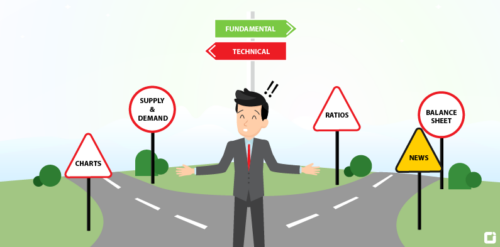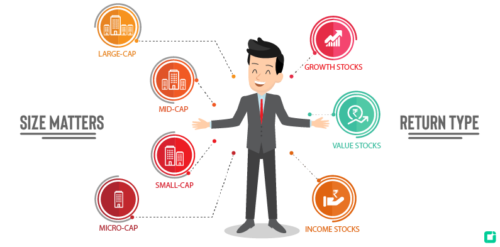Calculating Correct Investment Returns?
The only reason people make investments is to get returns. Most people think that they know how to calculate actual returns. But many don’t use the right method to calculate returns. Using the wrong method to calculate returns can give an incorrect picture of your investments. For example, a person tells you that his investments of Rs 25 lacs in stocks are now worth Rs 75 lac. He is very happy to have tripled his original investment. But when he tells you that this increase has taken place in 15 years, will you still consider it to be a good investment? We try to answer this question by understanding the 3 main ways to calculate returns Absolute returns, Compounded annual growth rates & IRR Let's use the above example to understand these methods. Absolute Returns Absolute Return (AR) is a simple way of calculating returns. It uses point-to-point values to calculate returns within a given period. It is calculated as follows: Absolute Returns = (Final Value - Initial Value)/Initial...






